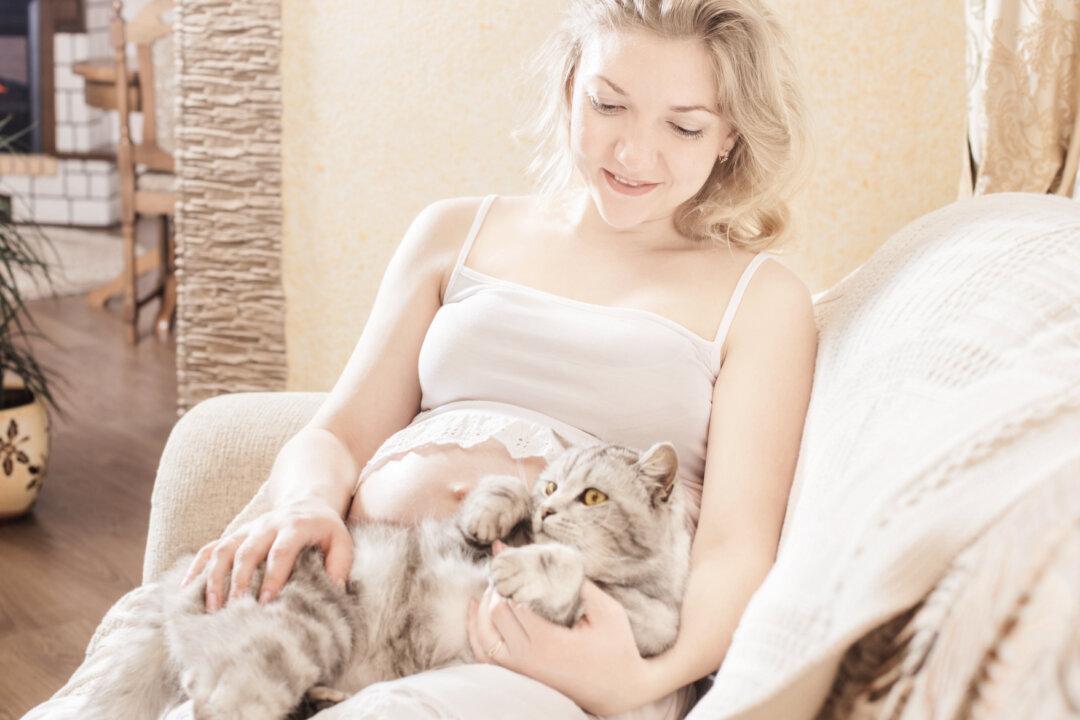Q: Hobie, my middle-aged indoor-outdoor cat, awoke this morning with one very abnormal eye. His upper lid droops, and a white film covers the inside corner of the eye. What caused this? Will it resolve on its own, or should I take Hobie to his veterinarian?
A: I'd advise a trip to the vet. It sounds like Hobie has Horner’s syndrome, which isn’t a specific disease but the name of a group of clinical signs.
Horner’s syndrome, which usually occurs in only one eye, is characterized by an abrupt onset of drooping of the upper eyelid; elevation of the nictitans, or third eyelid, the white film you see in the inner corner of Hobie’s eye; retraction of the eyeball deeper into its socket; and constriction of the pupil so it remains small.
These changes result from damage to nerves of the sympathetic nervous system in the head or neck. The sympathetic nervous system is responsible for the fight-or-flight response.
These nerves open the eyelids wider, retract the nictitans, hold the eyeball forward in the eye socket, and dilate the pupil—enhancing vision and giving the cat a fierce look.
When the body is at rest, the sympathetic nervous system is balanced by the parasympathetic nervous system. Its nerves have the opposite effects.
So, when the sympathetic nerves are damaged, only the parasympathetic nerves exert an effect—and Hobie exhibits Horner’s syndrome.
The causes are many and include trauma, a middle ear infection, a tumor pushing on a nerve, or an eye problem. Many times, a cause can’t be found.
Horner’s syndrome itself doesn’t require treatment, but whatever is causing it should be evaluated. For example, Hobie may have a bite wound on his neck that isn’t obvious because cat skin is elastic and closes over wounds. However, bacteria deposited beneath the skin can cause a painful abscess.
So, take Hobie to his veterinarian, who can determine what treatment, if any, is needed.
Q: The veterinarian said my 10-year-old dog, Addie, has small cataracts in both eyes. Because of the pandemic, I couldn’t talk with the vet in person, so I’m not sure how much of a problem this is. Please educate me about cataracts.
A: A cataract is an opaque area in the lens that blocks light transmission to the retina and impairs vision. Addie’s cataracts are small, so she is probably getting around fine.
Your veterinarian will monitor Addie’s cataracts at each exam, noting whether they grow and “mature.” A mature cataract encompasses the entire lens and blinds the eye. It also can cause two painful conditions: uveitis, or inflammation within the eye, and glaucoma, increased pressure inside the eye.
Addie’s cataracts may or may not progress to that point. If they do, your vet may suggest consulting a board-certified veterinary ophthalmologist, who can remove them and insert an artificial lens in each eye to restore vision, just as is done for humans.
Cataracts have many causes. Most that occur in purebred dogs are inherited. In dogs with poorly controlled diabetes, cataracts can form very quickly. Those that develop in older dogs as a result of sun exposure usually grow slowly and don’t become a problem.
Toxins and trauma can also cause cataracts, as can an electrical shock from gnawing a power cord. Nutritional imbalances also can precipitate cataracts.
Each time your veterinarian examines Addie, ask whether her cataracts have changed and if it’s time for a veterinary ophthalmologist to examine her.
Lee Pickett, VMD, practices companion animal medicine in North Carolina. Contact her at AskTheVet.pet. Copyright 2020 Lee Pickett, VMD. Distributed by Creators.com.




